Nations are not static, they are narrated into being. Why we tell our story, and how, is important. In this speech for Destination Southern Tasmania Scott Rankin unpacks place-making and the power of story in Tasmania, and the important role it can play in inclusivity, economics and future direction.
“This accelerating Tasmanian narration in this new digital and global century is fascinating and full of opportunity. But what happens with this acceleration – if we get inclusivity wrong?…If we leave people behind in this flash new imaging…” – Scott Rankin
Big hART began in the most unlikely of places – the North West Coast of Tasmania. It’s a not-for-profit. Many consider it ‘best on ground’ for community cultural development. Big hART’s work is based on story – invisible stories in regional, rural or isolated communities.
Each Big hART project explores obscure places, invisible issues, or the disadvantages some people face – in other words: stories, places and people who may be difficult for the business of tourism, brand and visitation. However, sometimes these places hold amazing story based on place and authenticity, which are magnets for contemporary ‘isms,’ such as tourism.
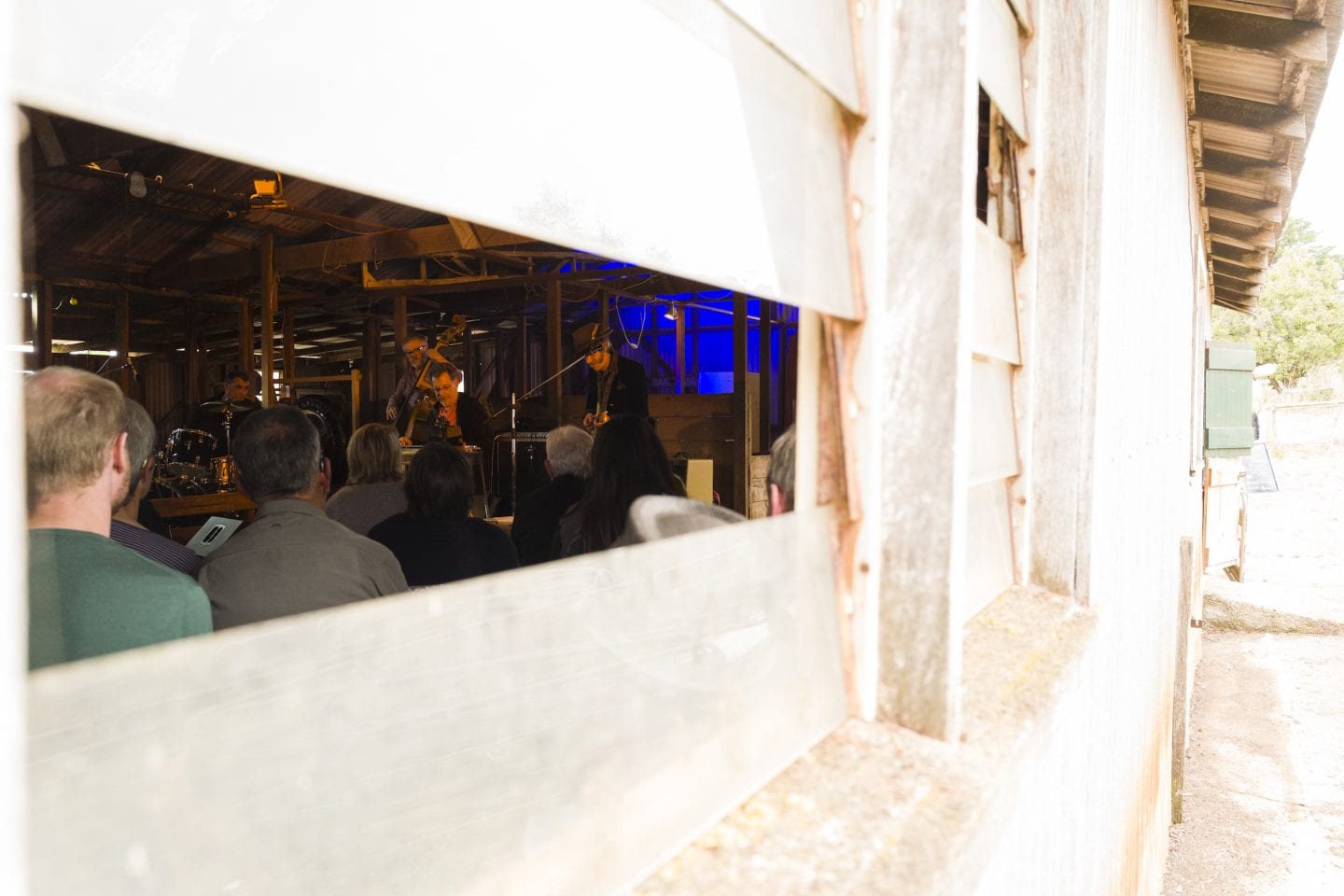
Acoustic Life of Sheds 2019, Table Cape. Photo: Heath Holden
In today’s discussion, I’d like to see if we can explore why story matters, rather than which story matters. Human beings are ‘story mammals’. If we are fed the right amount of protein, we will live for about 750,000 hours. We spend our first 150,000 hours more or less helpless, listening to Winnie the Pooh, and learning to imagine our world through ‘our story.’ At the end of our lives, we spend the last 150,000 hours reminiscing and re-telling ‘our story’ – and being grumpy, cursing young people who have no respect for how things should be. The rest of our hours, (when not shopping, worrying about our super, or sleeping), we are all involved in some form of story-making.
If we start thinking of story as somehow ‘belonging to the arts’, we are in trouble. Rather, the arts provides the community with some useful participatory tools for amplifying story wherever it is found. I’d like to suggest that perhaps we shouldn’t be focusing on ‘putting story to work for brand,’ rather, we should focus on the way brand emerges from story. In fact, sometimes story has to be protected from brand, because story has deeper, and more essential work to do for our communities and our wellbeing.
In most Aboriginal languages, there isn’t a separate word for art in the way younger European traditions use the word art. Culture, country, family, spirituality, art, are all interwoven and holistic. I live on Tommeginner country on the North West Coast, and I also work around the country on Ngarluma, Yindjirbarndi, Pitjantjatjara and Western Arrente lands. And across these nations and others, there has been continual ecological stewardship, and cultural diplomacy across for more than more 2000 generations by Aboriginal people. And so we are fortunate today, to acknowledge (joyfully), and thank and learn from elders, past, present and emerging – especially in this era of Palawa Kani, language reclamation. We can do this because even when reliant on oral traditions, story is a living thing.
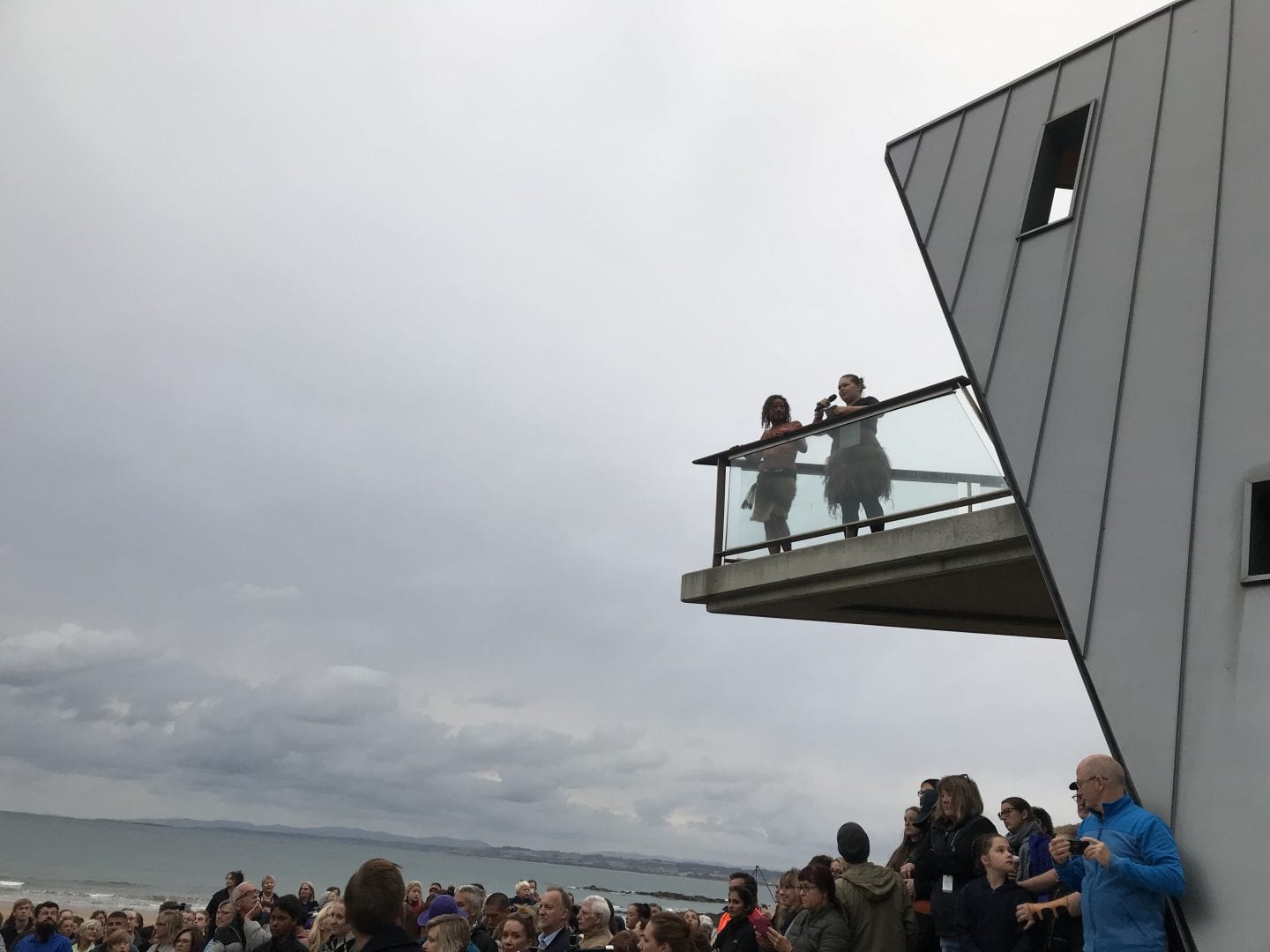
David mangenner Gough and Madeline Wells officially open mapali, the opening ceremony of Ten Days on the Island, Devonport 2019. Photo: Big hART
Story in the context of our thinking around issues of tourism and brand today, aligns well with this achievement of Aboriginal continuity. Continuity is prescient and ‘local story’- which is at the heart of what we love about Southern Tasmania – remains critical to this continuity. We need to think about the repercussions of the use of story – both positive and negative – the repercussions of success, like ‘over-tourism and sustainability,’ and ‘authenticity and growth’.
Perhaps we can look at story through three different lens: nation, justice and strategic growth.
Nation:
Nations are narrations, they are not static entities. Nations are narrated into being, and tourism is a powerful form of narration. What we do, in this room as tourism operators, is important, because each of us and each new business, helps writes a new chapter of this narration that is the nation. Each new CEO of Tourism Tasmania, or Brand Tasmania makes curatorial choices about the direction of the narration, as each new initiative is rolled out across our businesses in Tasmania.
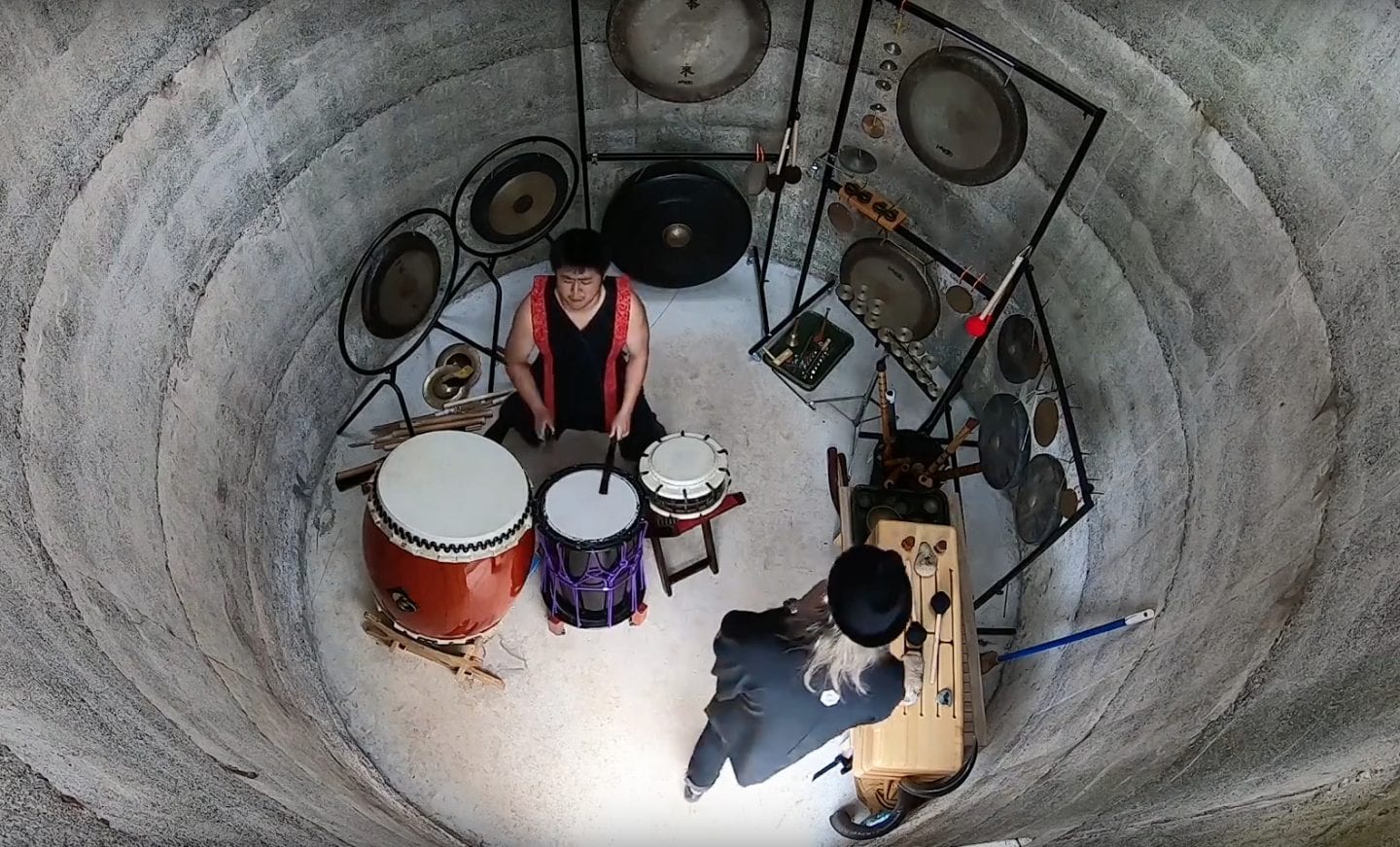
Story can have a deep and protective function. Photo: Big hART
However, if there are people in our communities, who are not part of our narration, they will lack visibility, and it will be much easier for them to be left behind, damaged, vilified, ignored and accidentally or deliberately hurt. In this context, story is not so much about entertainment, it is not so much about the arts, or brand. Story has a deeper, more powerful protective function within society. And therefore story is critical across the whole-of-government – critical to treasury, to auditors general, in social policy, to the executive of government… as well as tourism and the arts.
Perhaps Tasmania itself right now, is a useful example of the power of story at work. Tasmania, for the last decade has been enjoying some very good ‘narration management’ and quite a bit of luck, and we are currently in the zeitgeist. The state has been MONA-fied, Whisky-afied, Truffle-afied, Climate-change-refugee-afied, Matthew Evan-afied. And this powerful storytelling is having some very strong, and unexpected impacts economically and socially – both positively and negatively – in the areas of growth, regional leadership and capacity, housing shortages, and civil society. Perhaps it’s worth keeping an eye on whether this has been placing new pressures on the very culture and environments in Southern Tasmania, that people are coming to see and experience. By amplifying the ‘story of us’ in certain ways, are we risking the homogenization of the ‘story of us.’
This accelerating Tasmanian narration in this new digital and global century is fascinating and full of opportunity. But what happens with this acceleration if we get inclusivity wrong? What happens if we leave people behind in this flash new imaging, what if some people lack visibility in the new story?
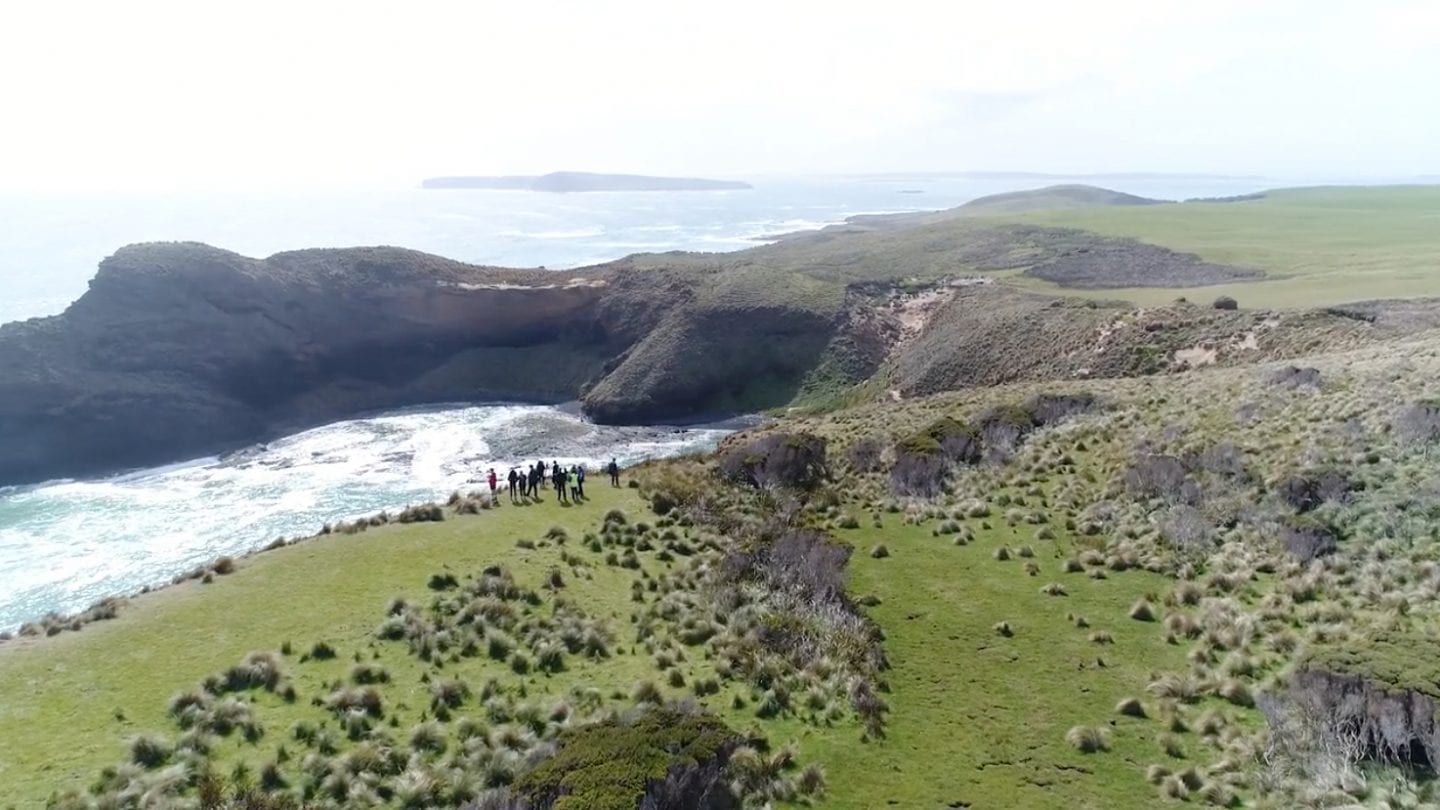
Students learning about the Aboriginal story of Cape Grim. Photo: Big hART
Justice:
If you are not visible in the story you are vulnerable to injustice. We tend to assume this writing people out of the story is something that happened in the past – we don’t make that mistake. But can we be sure that, driven by the power of our contemporary stories, we are not writing inconvenient chapters out of the narratives we are responsible for.
We cannot forget or neglect inconvenient parts of the story, because if we do, someone, somewhere will be becoming less visible and lose the protection that inclusion in the narrative gives them.
Our State Government is currently very interested in ‘inclusive growth,’ or ‘strategic growth.’ And in this context story is all the more critical across all government agendas, across multiple departments – not just the Arts, or Tourism. When government wishes to create change in the community regarding key issues, they rely on creating cultural shifts. Which is to say they need to change the story. And story, as a tool for change, is cheaper and more effective than the end game of legislation. The carrot of cultural shift is useful when it can come first, followed by the stick of legislation. And cultural shift is storytelling in action.
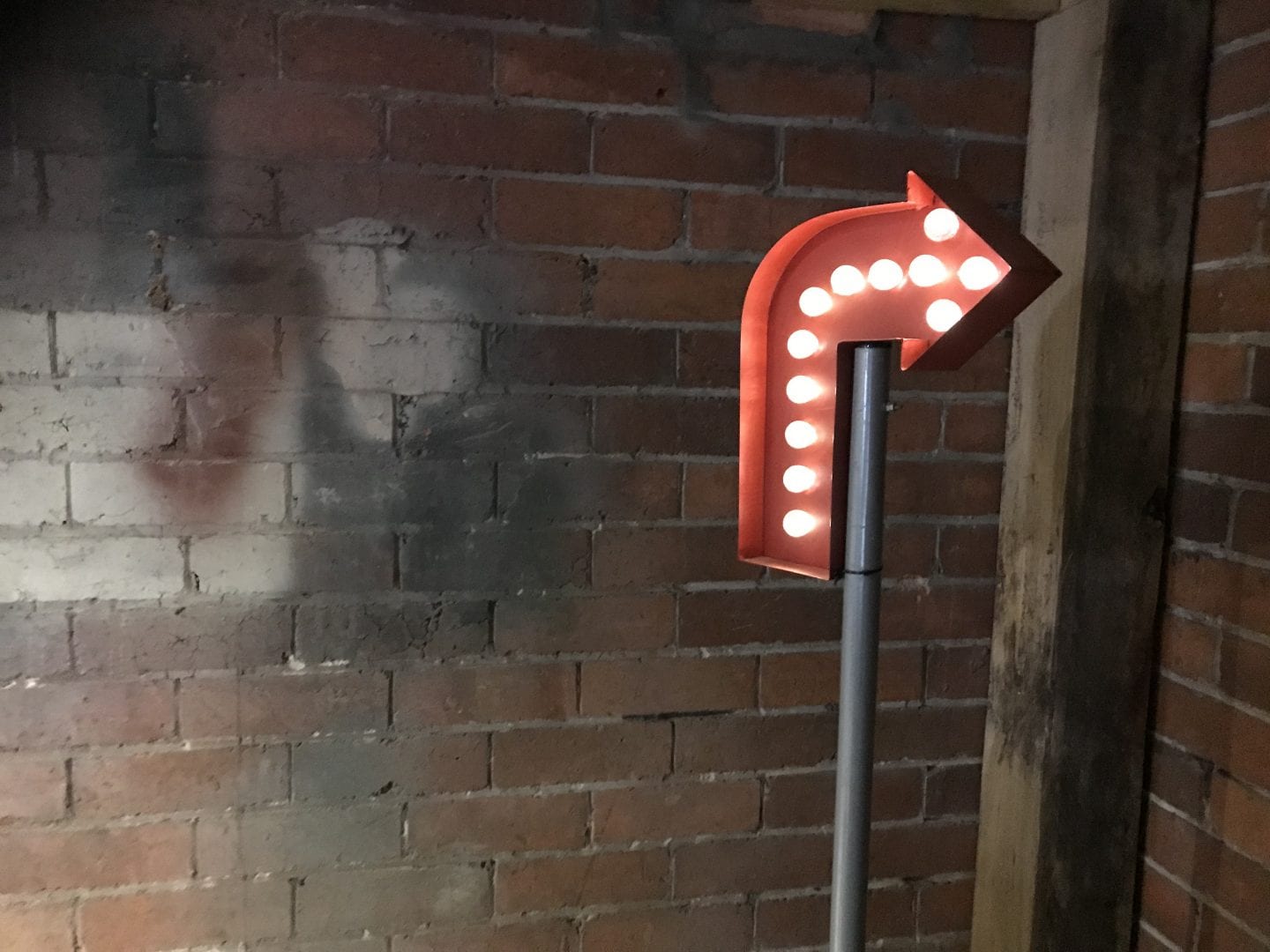
Changing the story. Photo: Big hART
Strategic Growth:
Storytelling which acts from the top down easily drifts towards propaganda. Storytelling which starts from the bottom up is inclusive, and helps ensure that ‘everyone, everywhere has the right to thrive.’ It can do the heavy lifting, and is powerful with governments who wish for growth to be stategic. If we begin to think in this way, many opportunities for the arts, for tourism, for the community sector and for new and powerful authentic story-making open up within government, and new ways to innovate in our sector emerge.
I live on the North West Coast, in Braddon, the poorest electorate in the poorest state, apparently. I love where I live. There are many versions of the Braddon story. Here’s one version:
- Braddon has a higher percentage of constituents who did not complete Year 12 than any electorate in the country.
- Only 8.1% have a university qualification
- Over a third of the population depend on government sources for primary income
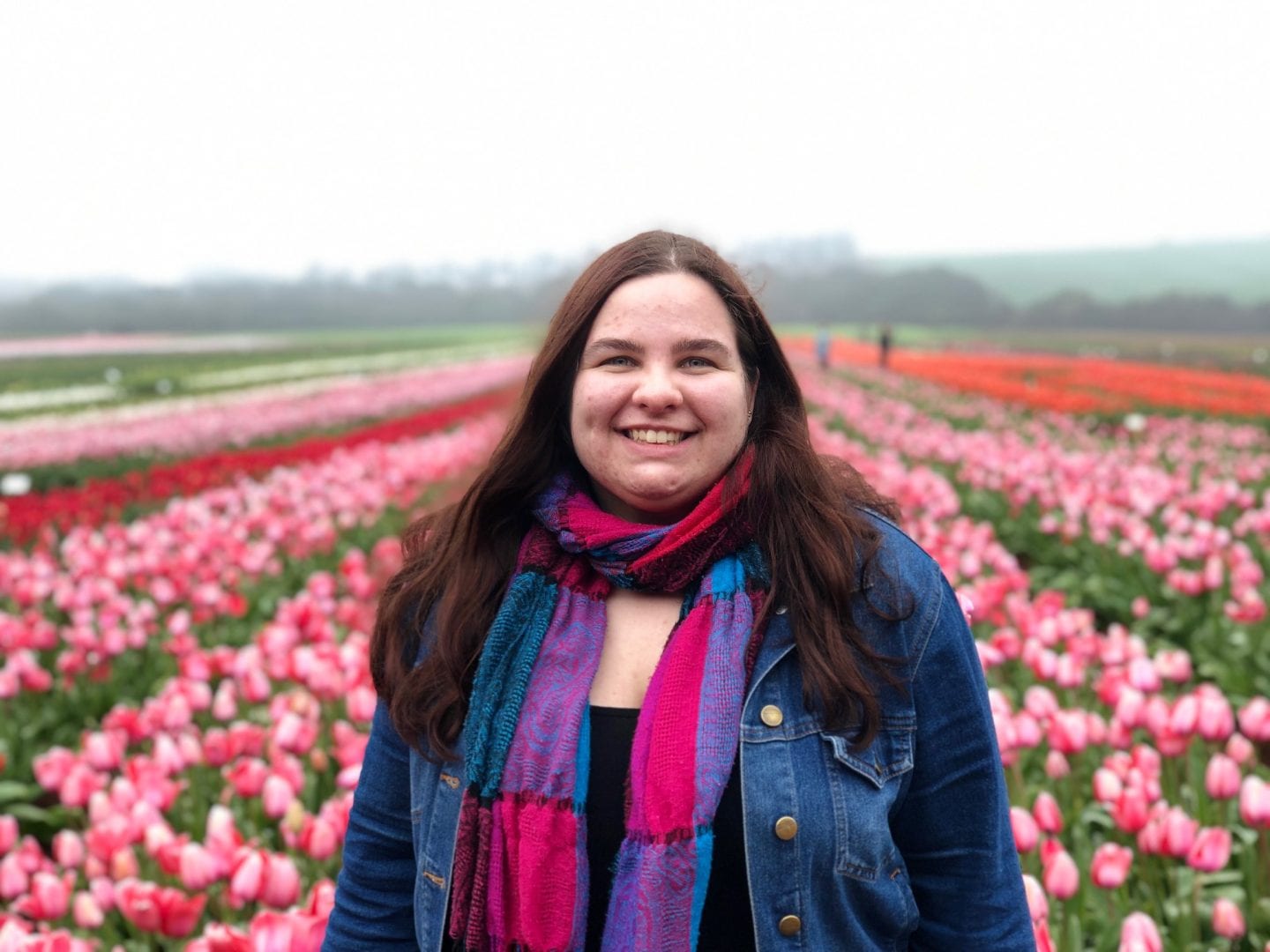
The importance of telling inclusive and authentic narratives. Photo: Caley Pearce
But is this the only narrative we tell of the North West? Sometimes we find it easier not to include the North West in the Tasmanian tourism story. When people get off the Spirit there is not a lot of encouragement to turn right. However, perhaps this isn’t such a bad thing in the current zeitgeist. Could it also be protecting the North West from the ‘ism’ in tourism? What if it is ensuring an authentic and inclusive story is maintained or can emerge. A story deeply embedded in place, which in turn attracts people, inviting them in, in new and more whole ways, into the community.
Martin Luther King said, ‘The moral arc of the universe is long, but it bends towards justice.’ Justice is dependent on inclusive story. Injustice, is the result in part, of neglectful or manipulated story. Injustice is bad for business. Or put it another way, justice – flowing from inclusion and visibility for all in our Tasmanian story – is good for business.
This is an edited extract of a speech given by Scott Rankin for Destination Southern Tasmania on the 6th August 2019.
